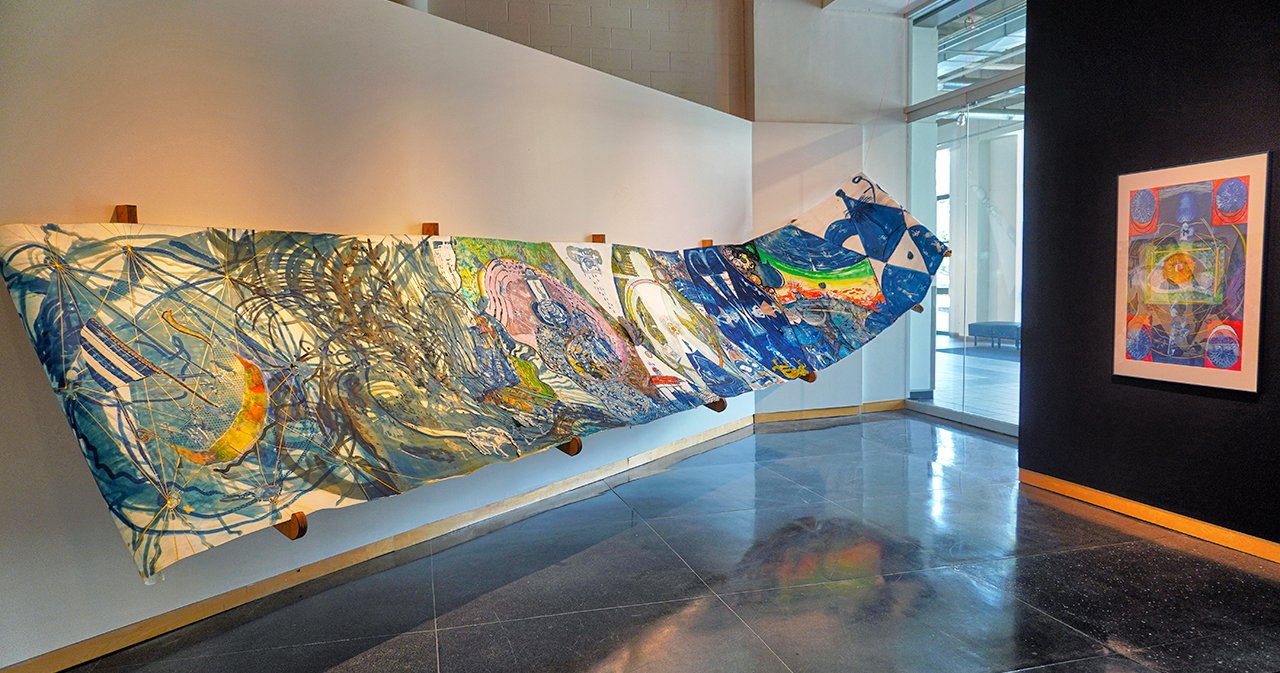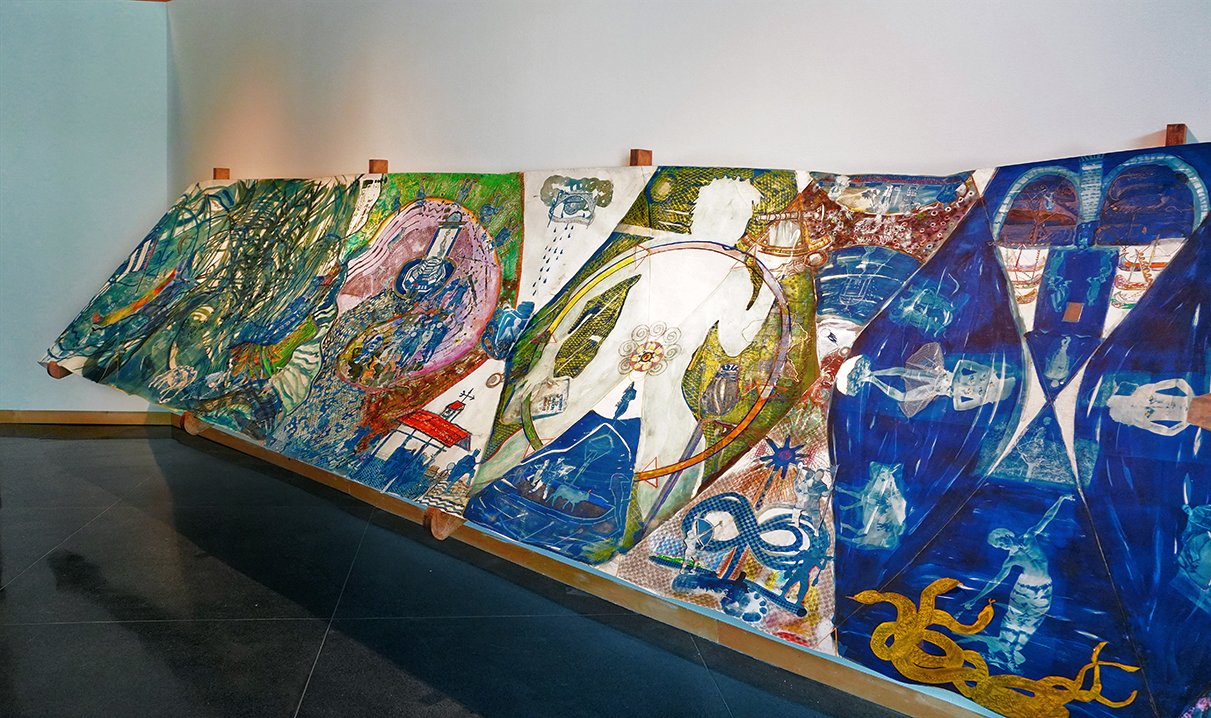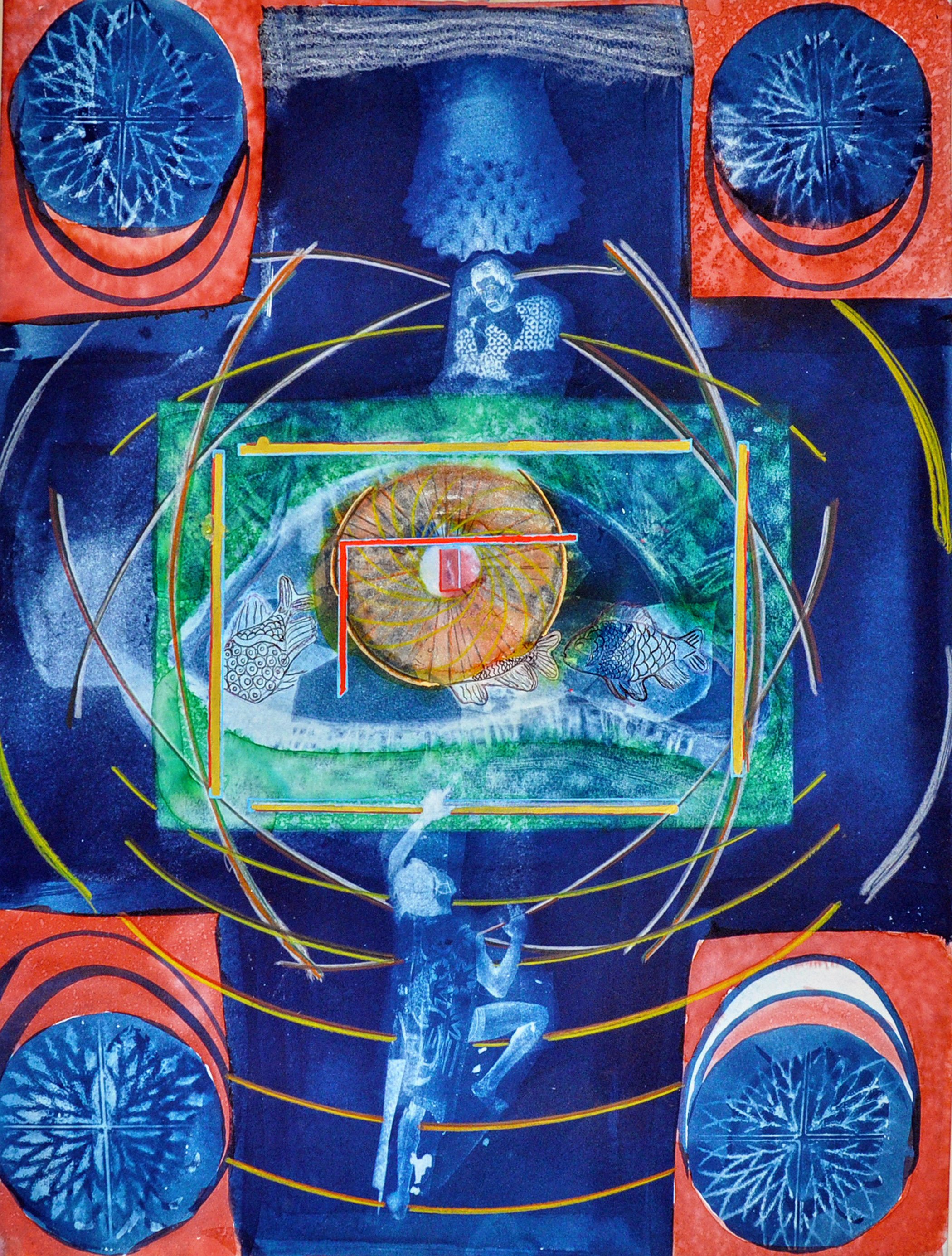LOCAL_EDGE_MARGIN (Syracuse): Syracuse University Art Museum Public “Art Wall” Project. Sept 2021 - July 2022. Works featured: Black or Darker Impressions On A River Of Ocean. 2019. cyanotype mixed media collage on paper scroll mounted on wooden brackets against wall. 54 x 354 inches.
Anabasis: Journey To The I. 2020. Cyanotype and watercolor on inkjet paper. 32 x 42 inches mounted in museum frame.
The inaugural Art Wall Project features the work of contemporary artist Ivan Forde whose installation explores themes of homeland(s), migration(s) and reinvented identity(ies). Forde was inspired by the 1954 collection of poems, “Eternity to Season,” by British-Guyanese author Sir Wilson Harris, which radically confronts the legacy of colonialism by situating ancient characters from The Odyssey in present day villages on the Guyana coast. Forde builds on this concept by creating a large scroll that depicts an epic journey through sea and sky using cyanotype, painting, drawing, and collage, which he employs to insert images of himself as a dynamic mosaic of fantastic creatures, gods, and heroes in the work. ““My non-linear analysis of classic poems about the origins of nature, human life, and cultural traditions, opens the possibility of reformed archetypes, alternative endings, and new beginnings. By visually crafting my own epics, often depicted in shades of blueprint cyanotype, I intertwine the personal and the global to offer a transformative view of prevailing motifs that unite us across cultures, reflecting on the coexistence of opposing and complimentary human experiences.”
The title of Forde’s project Local_Edge_Margin conveys a sense of one’s position within the local, which is always shifting. The edge has aspirational or fantasy appeal, but to be marginalized is precarious and speaks to a presumed lack of individual or communal agency in relation to power. The margin in another sense is the place you keep notes, capture thoughts, make corrections, add to a given text or amend a draft of earlier work. It is where we practice making change. Forde's work asks viewers to shift their spatial and bodily relationship to the piece, move around to get a better view of the details, and keep our readership active.
The Syracuse University Art Museum’s new Art Wall initiative is dedicated to site-specific works by emerging and leading contemporary artists, commissioned annually.

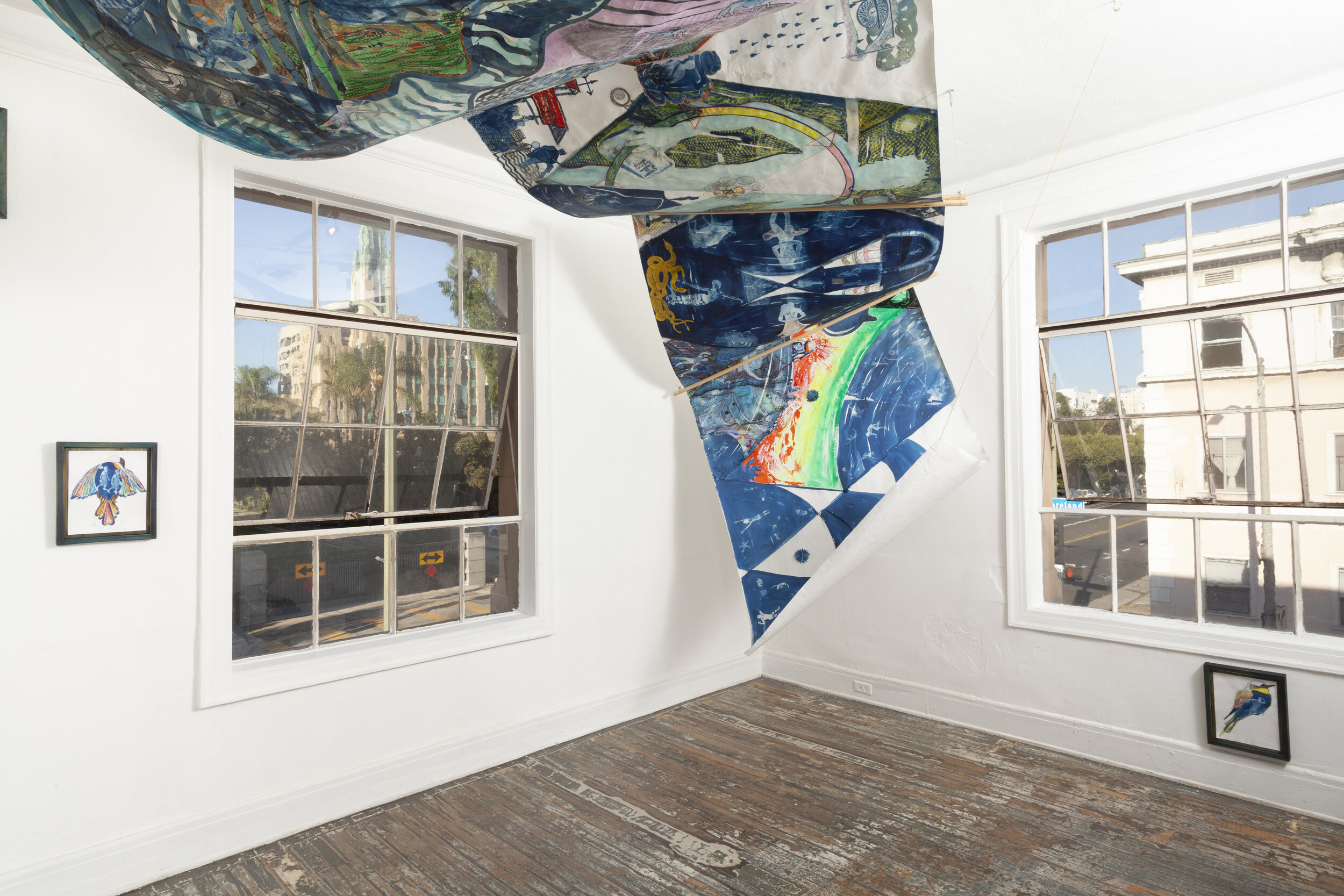
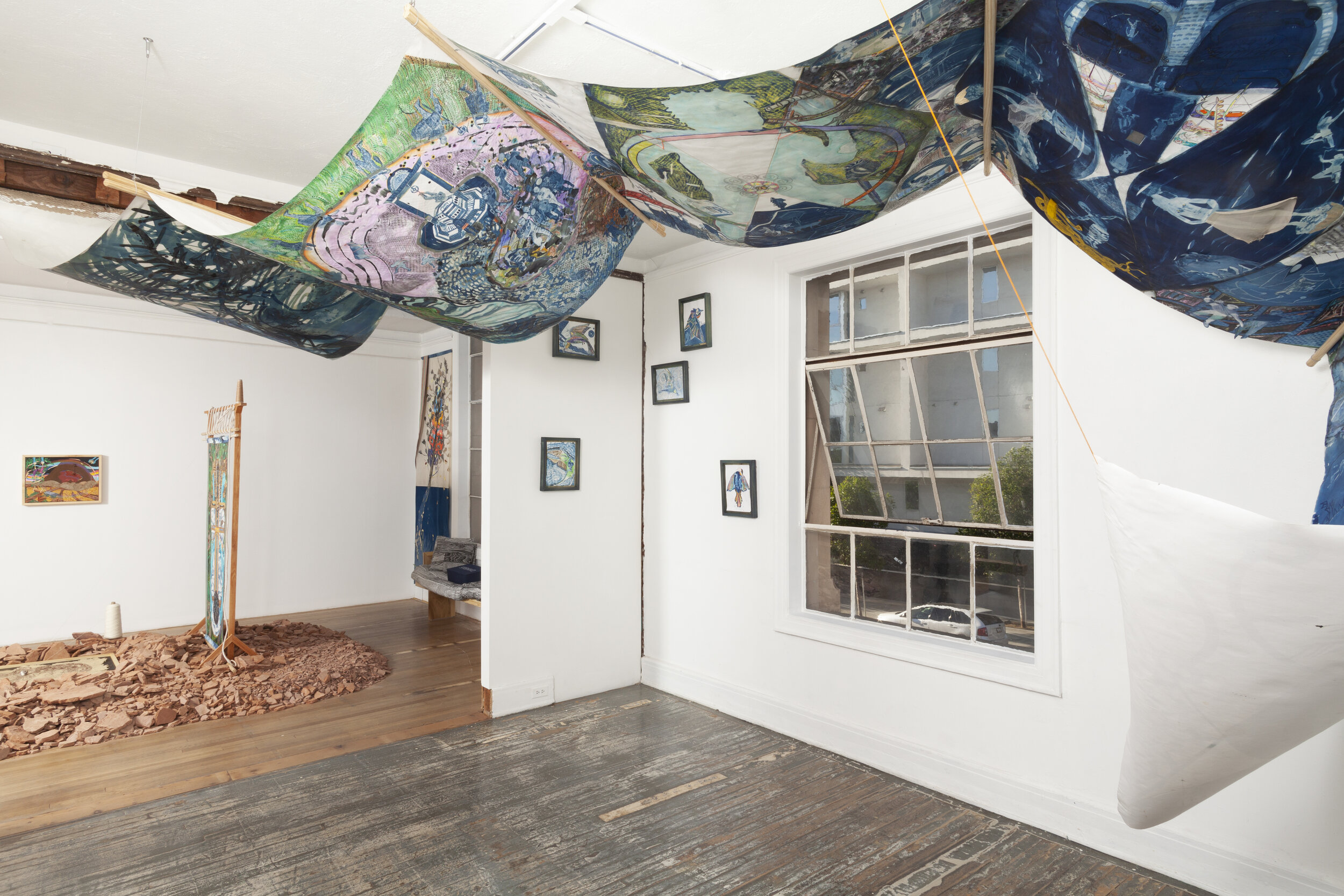
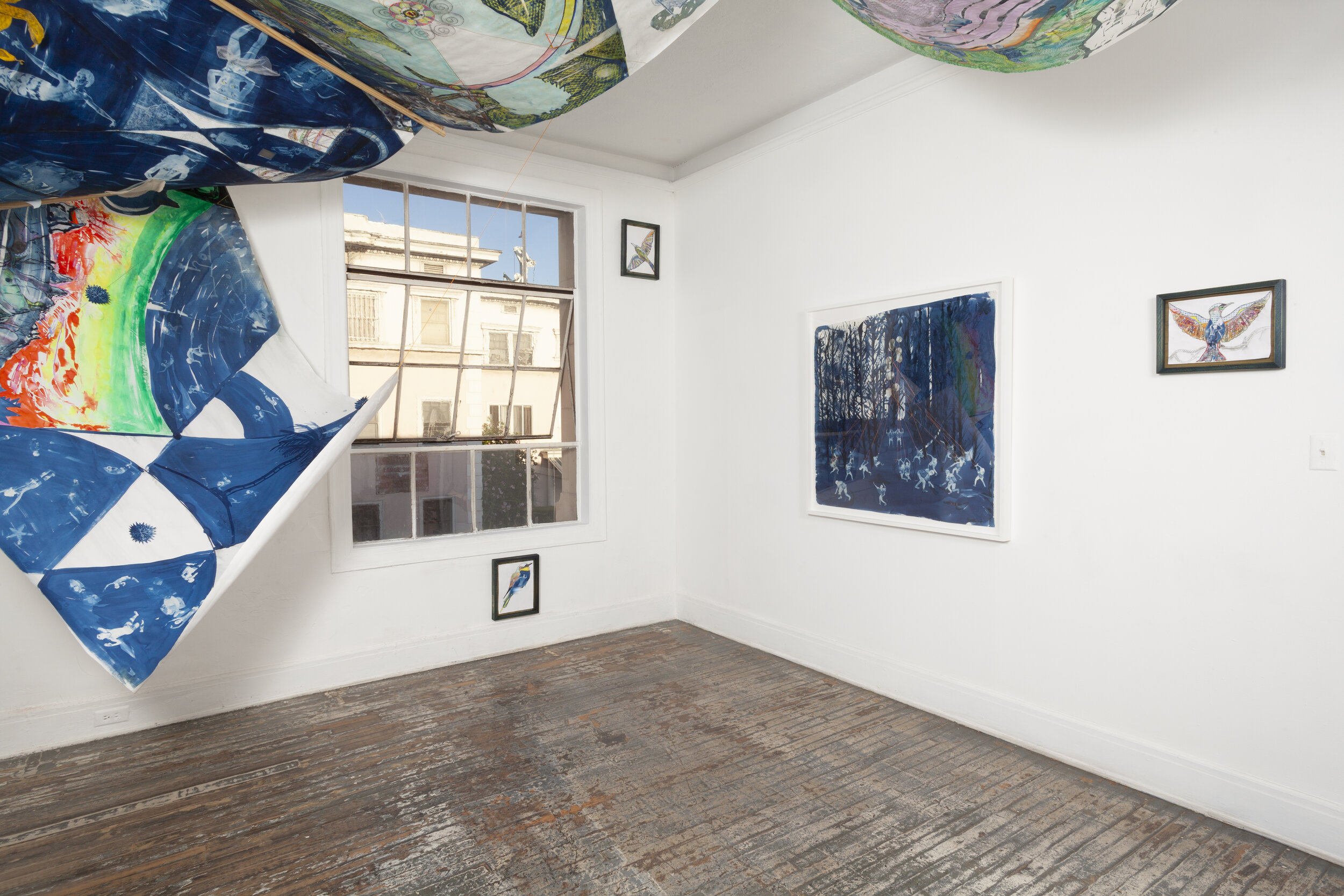


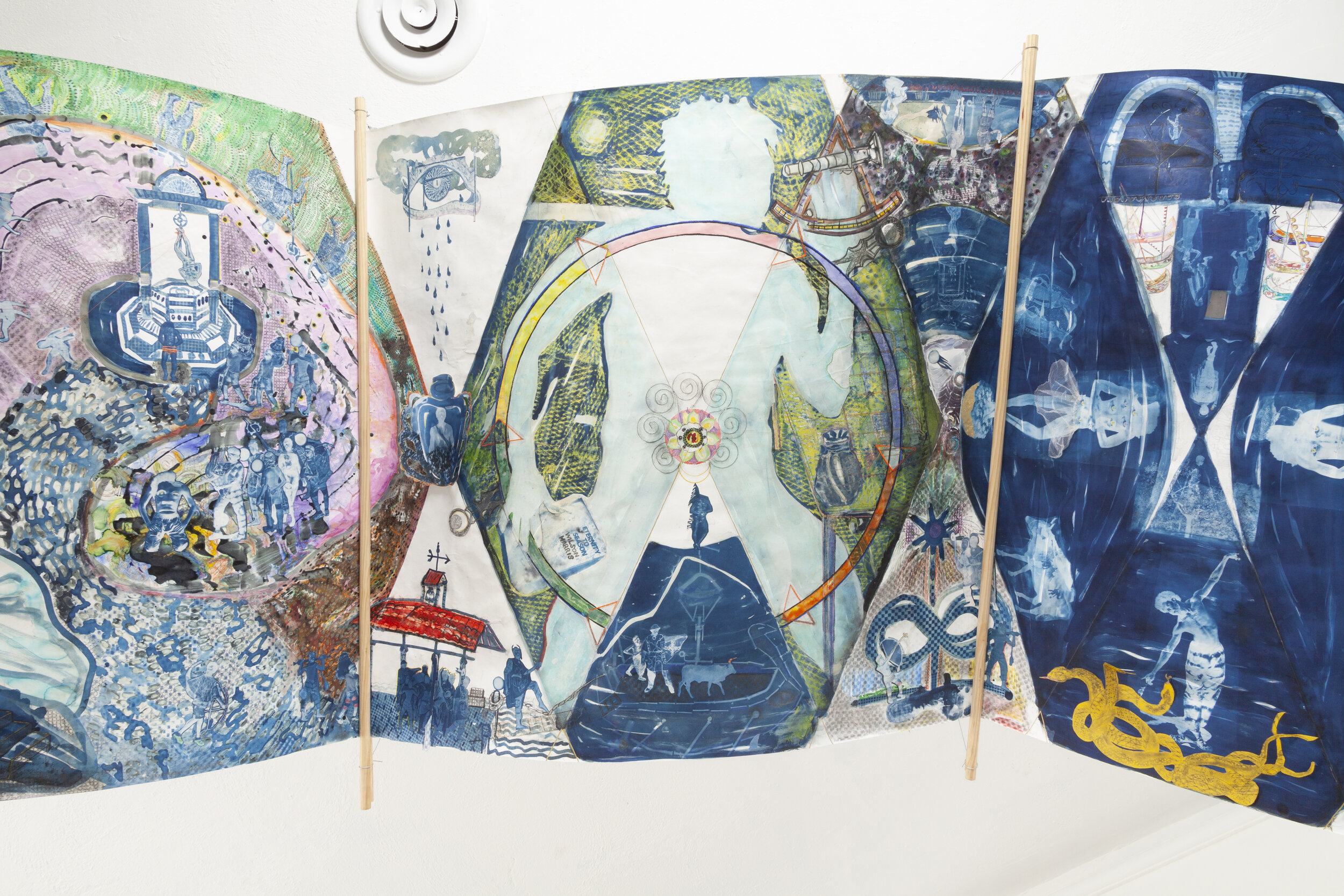
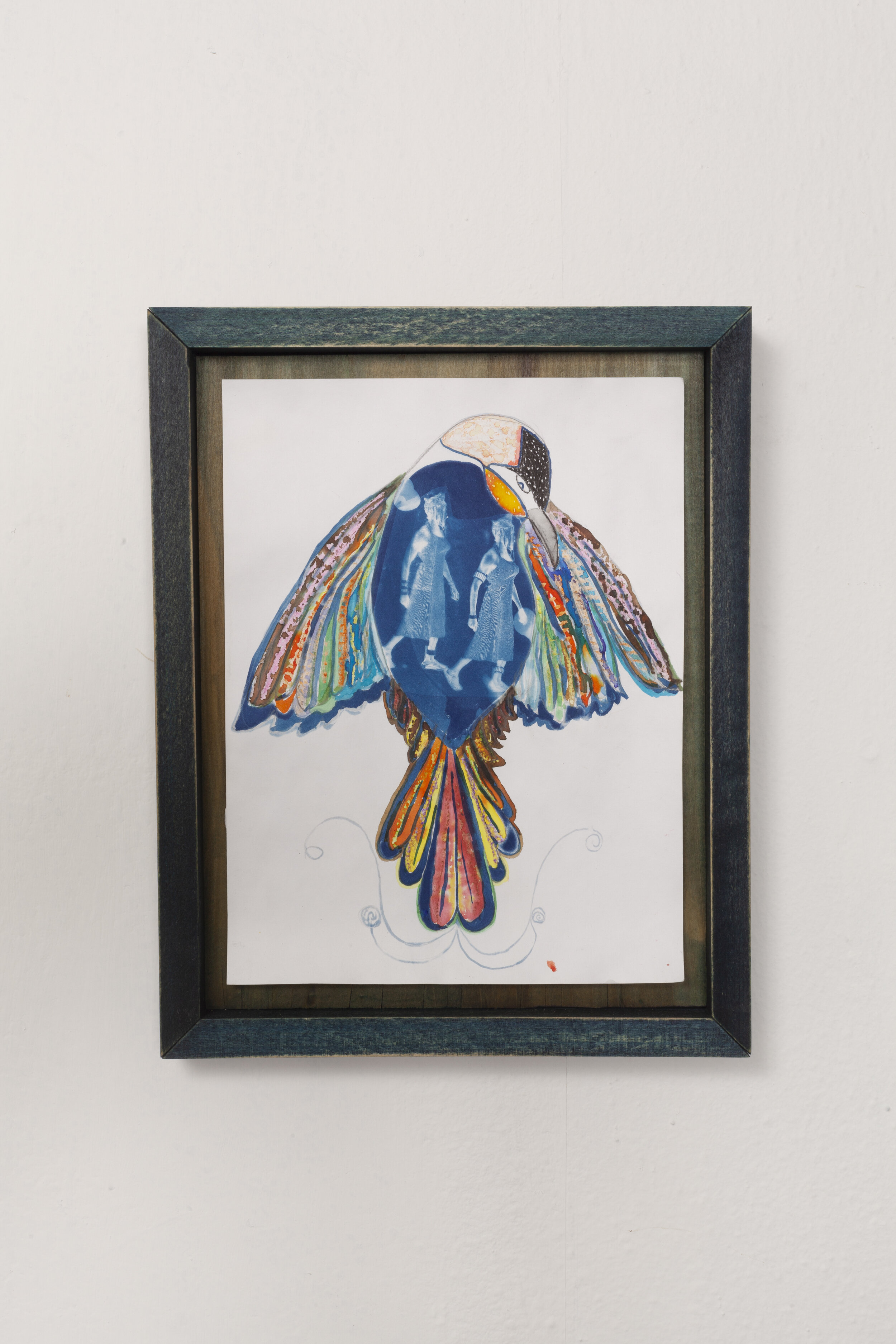
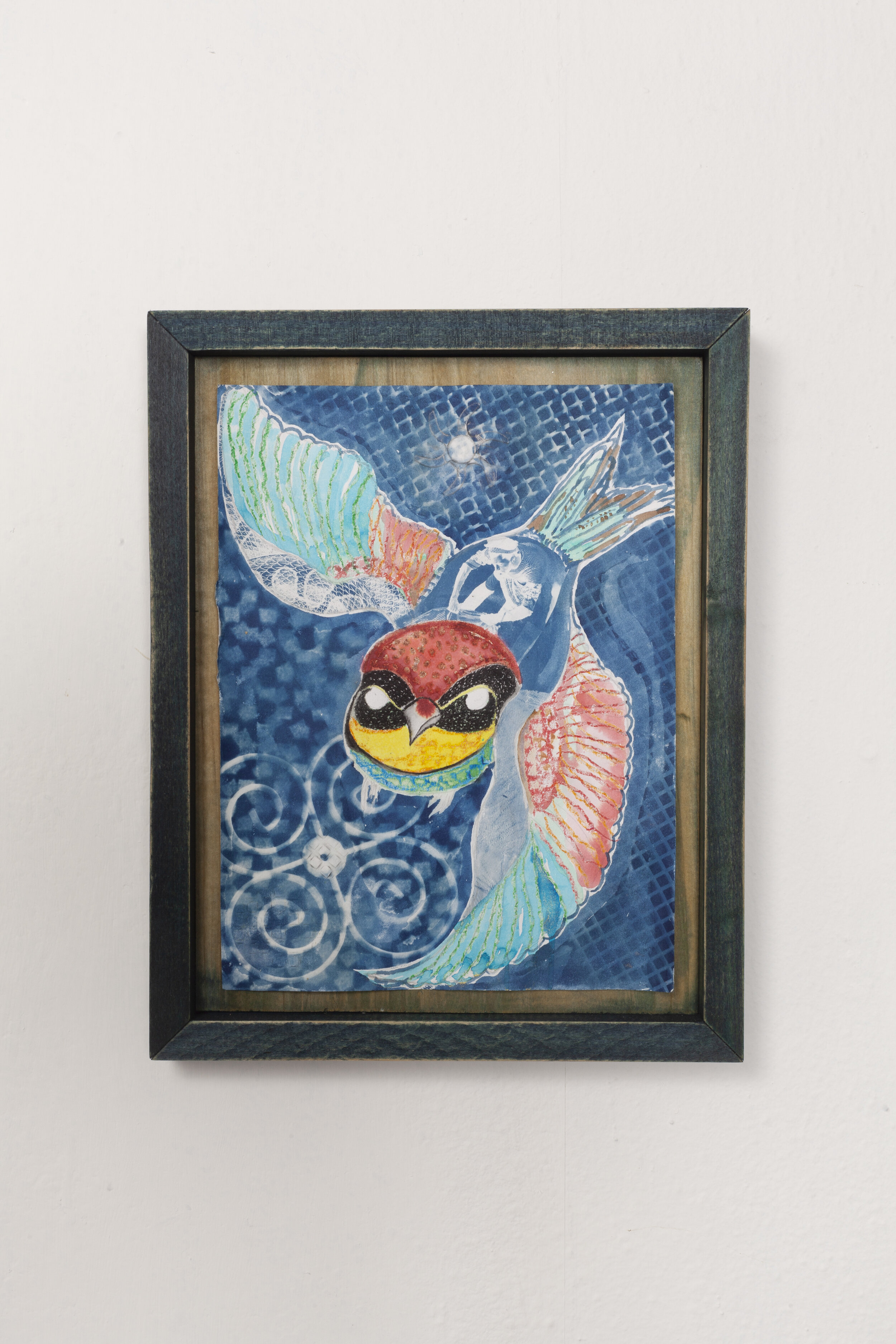


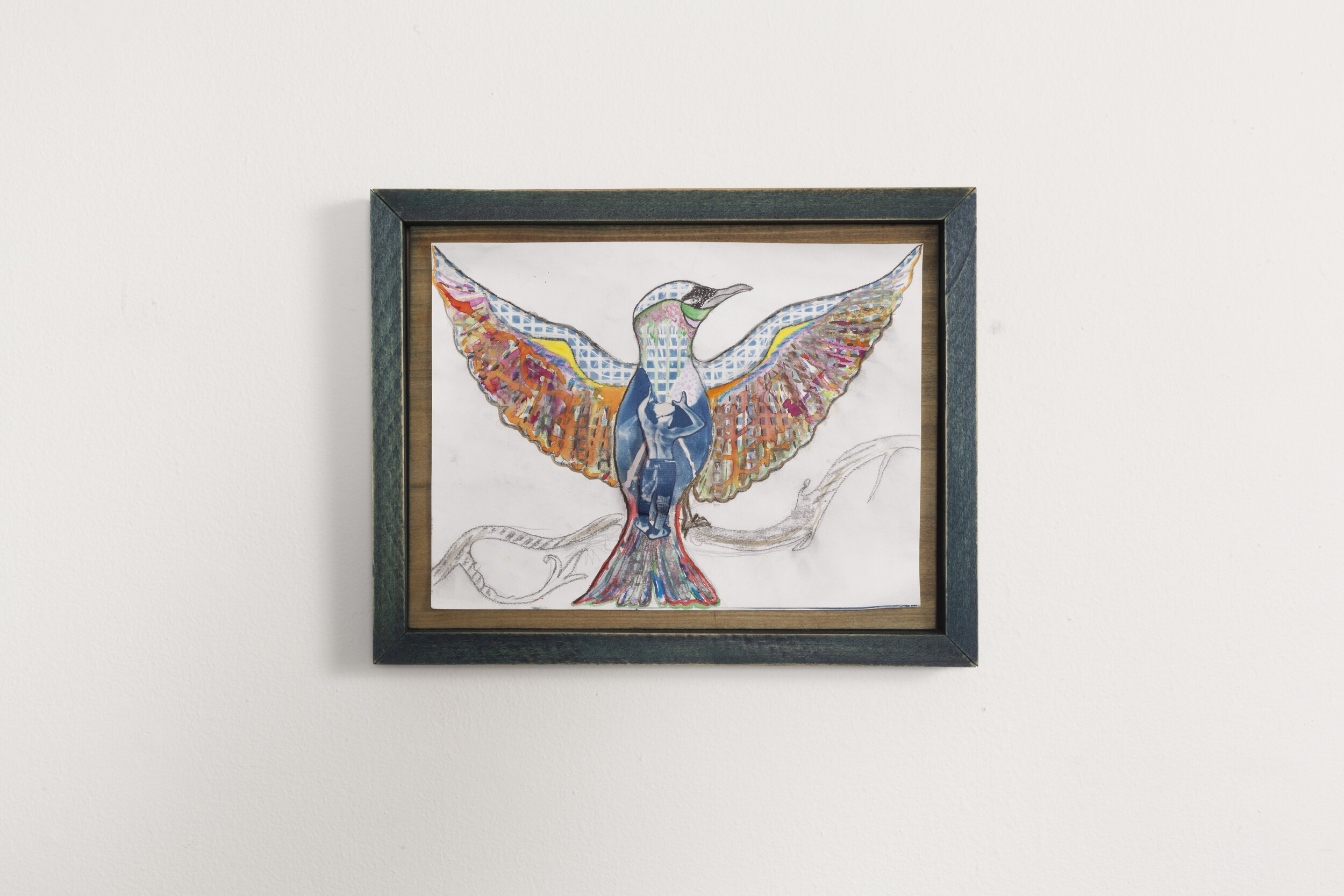
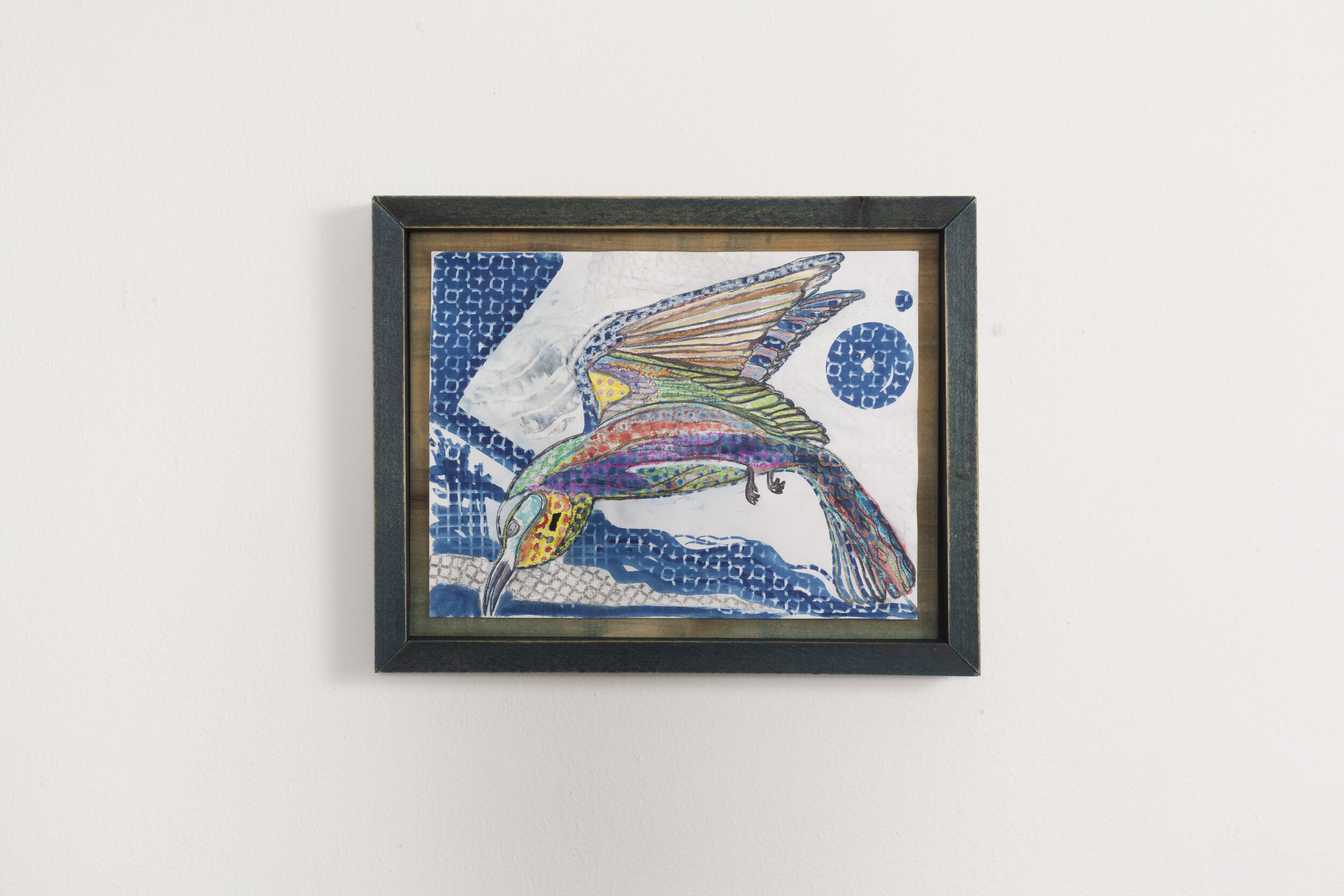
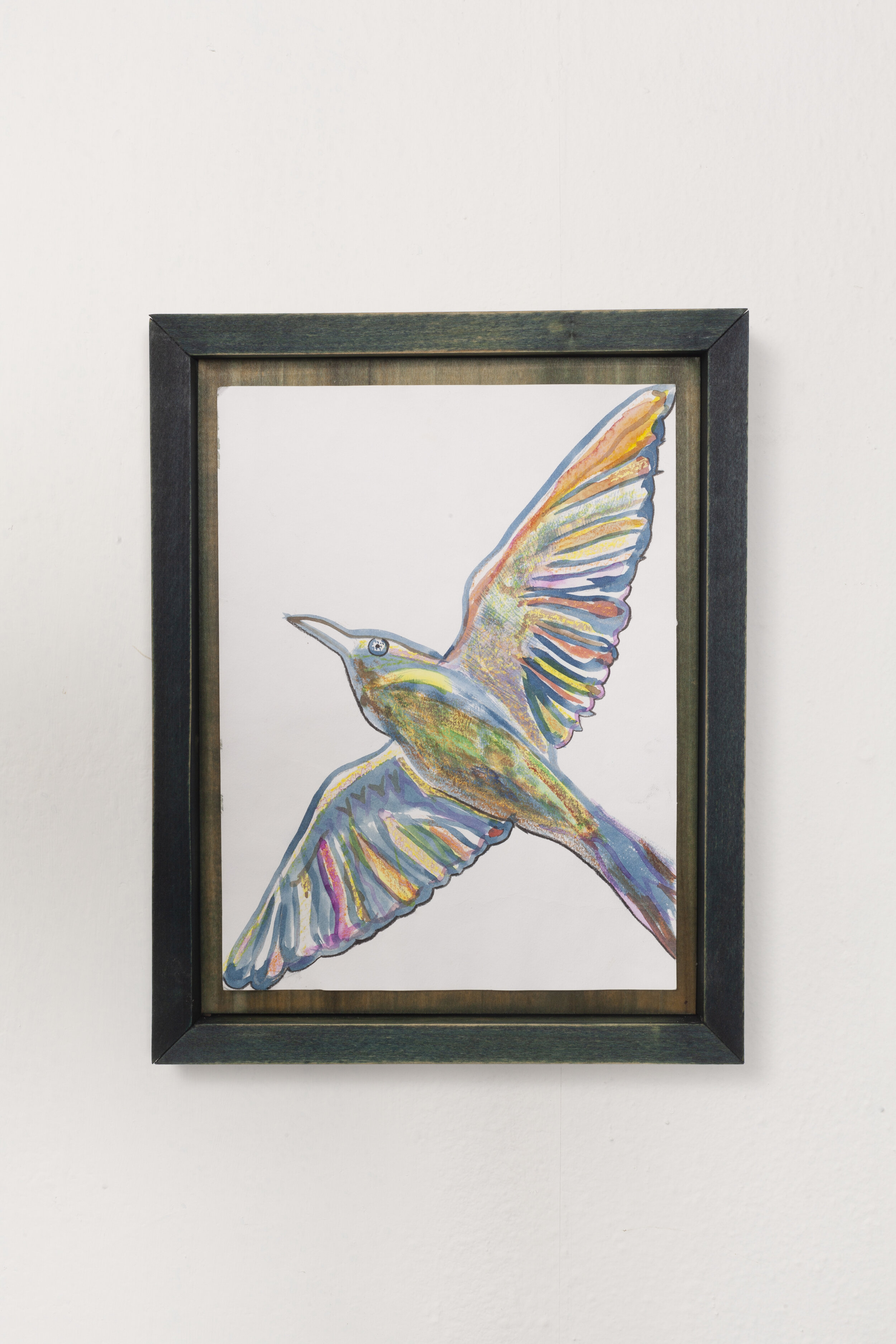
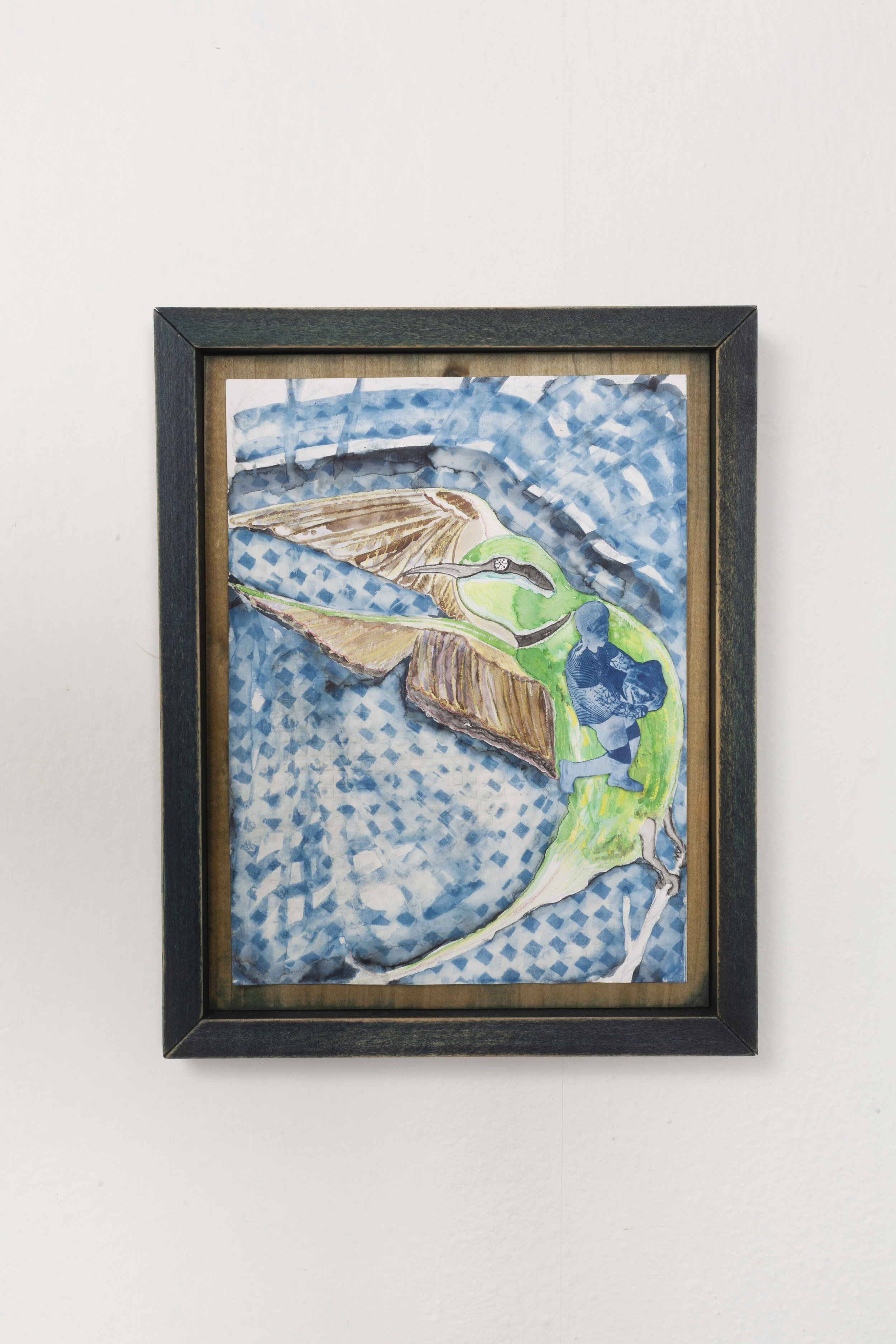
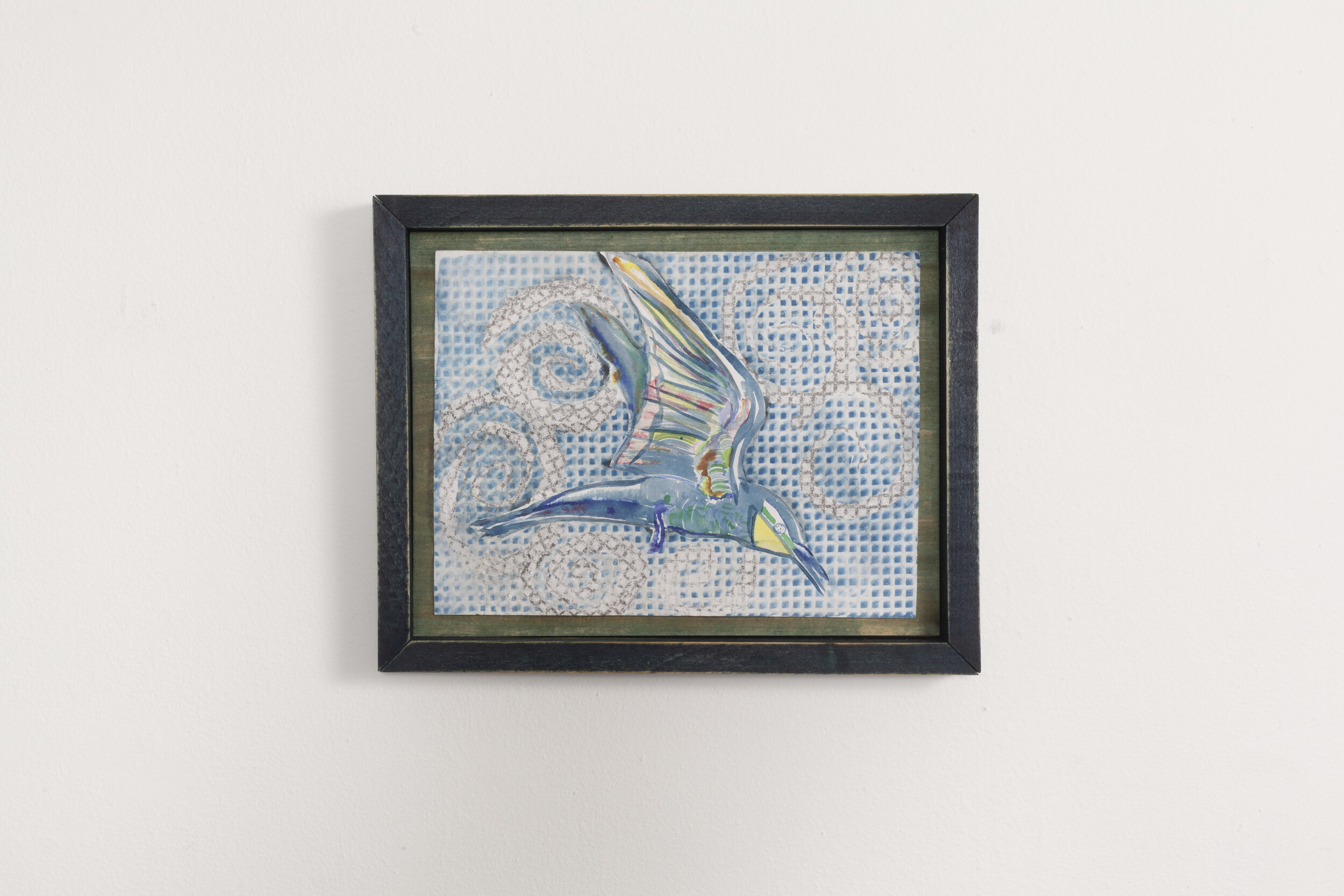
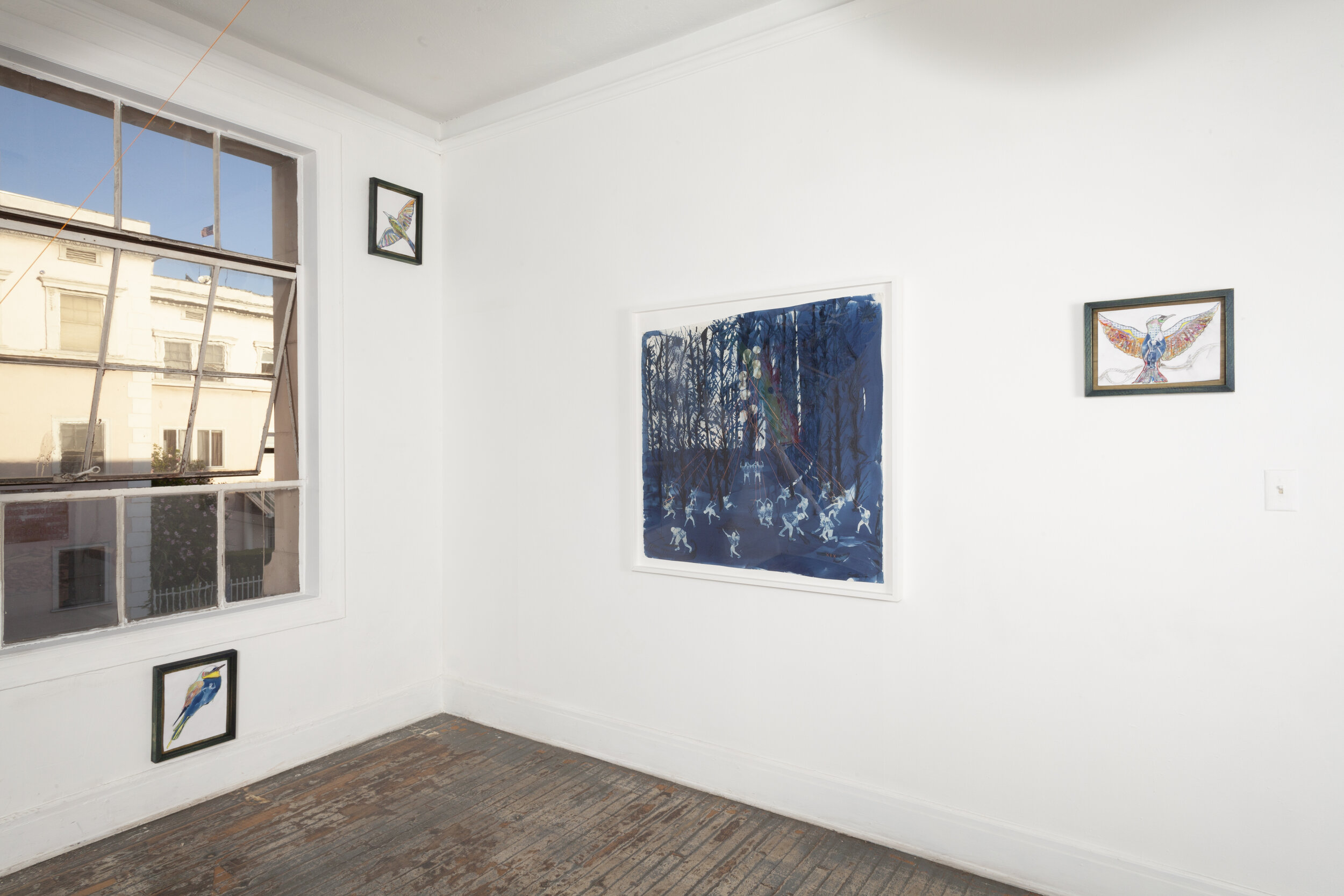
Press Release
ivan forde is an active reader. He renders Blackness as multitudinous and expansive, using photomontage to insert his body into landscapes culled from epic poetry and imaginary worlds. Inspired by literature and the gaps between what is spoken, written, and what can be visualized, forde’s newest project, entitled local edge margin, explores the poetics of homeland, migration and identity.
One foundational text for forde is British-Guyanese writer Sir Wilson Harris’ 1954 collection of poems, “Eternity to Season,” in which characters from The Odysseyare transplanted to villages on the Guyana coastland. forde considers the legacy of Caribbean writers’ deconstruction of the classics, and this particular tradition of mapping ancient stories onto current and ongoing anti-colonial struggles.
The room-sized installation contains new works on paper that mix watercolor, frottage and cyanotype (forde has been experimenting with the light-sensitive photographic process used to make blueprints over the last five years). Portraits of bee-eaters, small brightly-colored migratory birds that travel from South America to Africa and Southern Europe, and who the artist encountered during a recent residency in Umbria, appear throughout the space in indigo frames hand dyed by iris yirei hu. On opening night, forde’s sound performance will sample improvised organ the artist recorded in a 15th century chapel dedicated to St. Christopher, the patron saint of travelers.
A roll of Fabriano cold-press paper, 55-inches tall and 10 yards wide, has become a scroll in forde’s hands, layered with drawings, rubbings, photograms, and countless figures in the midst of their own odyssey. The scroll itself, titled “Black, or Darker Impressions on a River of Ocean” 2019, has traveled across the Atlantic Ocean twice, and from the eastern edge of North America west. It holds sunlight from Italy, New York City and Los Angeles, each location the artist worked on the piece.
The title of forde’s project “local_edge_margin”conveys a sense of one’s position within the local, which is always shifting, situated around moving bodies. The edge has aspirational or fantasy appeal, but to be marginalized is precarious and has none of the exciting aspects of going to the edge. Rather, it speaks to a presumed lack of individual or communal agency in relation to power. The margin in another sense is the place you keep notes, capture thoughts, make corrections, add to a given text or amend a draft of earlier work. It is where we practice making change. forde's work asks viewers to shift their spatial and bodily relationship to the piece, move around to get a better view of the details, and keep our readership active. Perhaps, forde is saying, it is the margin we should be calling our attention towards.
—Sonia Louise Davis, Harlem, New York City
This exhibition is made possible through the Foundation of Contemporary Arts Emergency Grant and the Paul & Daisy Soros Fellows Association.
Press-
ArtForum -
Attached to the ceiling of hu’s installation and flowing into the neighboring room is ivan forde’s ten-yard-long scroll, also concerned with colonialism’s legacy. Made by combining cyanotype, drawing, and painting, the scroll describes an epic journey through sea and sky. Bulls, serpents, and amphorae appear. Male figures (all sourced from photographs of the artist) fall through the sky like Icarus or roam around while making dramatic gestures, evoking Greek mythology. The phrase “Eternity to Season / Wilson Harris” in inscribed on the scroll, referencing the name of a British-Guyanese writer and the title of his 1954 book of poems, in which characters from The Odyssey appear in modern Guyanese villages. Using himself as a model for classical gods and heroes, forde—who, like Harris, was born in Guyana—complicates the power relationships of conquest by remaking Western mythos in his own image.
